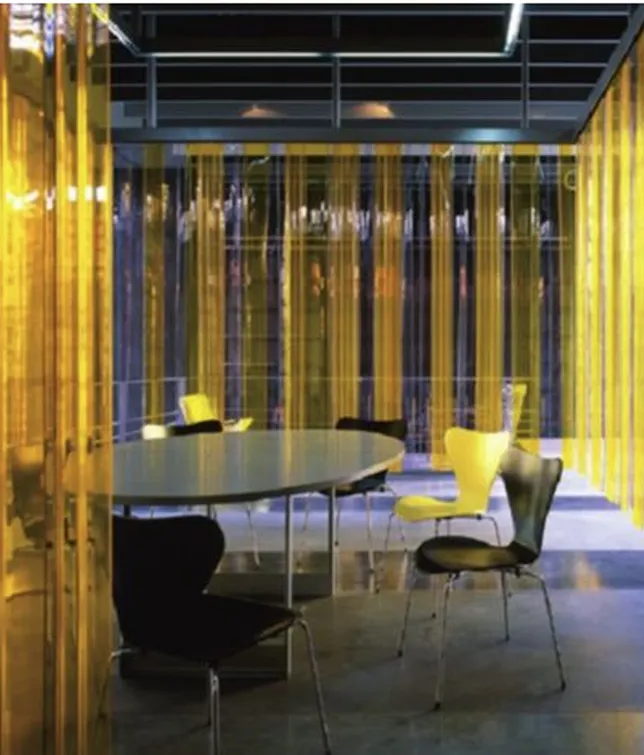Understanding the Benefits and Uses of Acrylic Sheets in Various Applications
The Versatility of Acrylic Sheets A Comprehensive Overview
Acrylic sheets, also known as polymethyl methacrylate (PMMA), have become an indispensable material in various industries due to their remarkable properties and wide range of applications. Since their introduction in the 1930s, acrylic sheets have been favored for their excellent optical clarity, light weight, and outstanding resistance to weather conditions. This article explores the numerous uses of acrylic sheets, their benefits, and some important considerations for their application.
Properties of Acrylic Sheets
Acrylic sheets are known for their exceptional optical clarity, often equating to glass with an impressive light transmission rate of over 92%. This quality makes acrylic an ideal choice for environments where clear visibility is crucial, such as display cases or protective barriers. Additionally, acrylic is significantly lighter than glass, weighing about half as much, which facilitates easier handling and installation.
Another advantageous property of acrylic sheets is their resistance to ultraviolet (UV) light, which helps prevent yellowing and degradation over time. This characteristic not only ensures longevity but also retains the aesthetic appeal of the material, making it suitable for outdoor applications. Furthermore, acrylic sheets are shatter-resistant, providing enhanced safety in situations where glass could pose a hazard.
Applications of Acrylic Sheets
The versatility of acrylic sheets allows them to be employed in a variety of sectors, including construction, signage, art, and automotive industries
.1. Construction and Architecture In the construction industry, acrylic sheets are often used for skylights, windows, and partitions. Their lightweight nature and high impact resistance make them a perfect alternative to traditional glass, especially in large installations where weight could be a concern. Architects frequently use acrylic for innovative designs, as the material can be easily molded into different shapes.
2. Signage The advertising industry has likewise embraced acrylic sheets for signs due to their excellent clarity and ability to be illuminated. Acrylic can be cut into various shapes, allowing for customized signage solutions. Backlit acrylic signs enhance visibility while also providing a modern aesthetic, making them popular for businesses looking to attract attention.
acrylic sheet

3. Art and Display Acrylic sheets have gained popularity among artists and designers. Their clarity and durability make them an excellent material for framing artwork and creating vibrant sculptures. Museums and galleries often use acrylic display cases to protect valuable items from dust and damage without compromising visibility.
4. Automotive and Marine In the automotive sector, acrylic is often used for rearview mirrors, light covers, and instrument panels due to its toughness and optical clarity. Similarly, in the marine industry, acrylic is used for windshields and cabin windows, as it can withstand harsh weather conditions and is resistant to saltwater corrosion.
Benefits of Using Acrylic Sheets
The benefits provided by acrylic sheets consistently outweigh many traditional materials. Their lightweight characteristics not only reduce transportation costs but also lessen the structural load in construction applications. In addition, their ease of fabrication allows for a wide range of customization, making it simple to achieve the desired dimensions and shapes for specific projects.
Acrylic sheets are also easier to clean than glass surfaces, requiring only mild detergents, which can be a significant advantage in environments where hygiene is critical, such as hospitals and laboratories.
Considerations in Usage
While acrylic sheets are incredibly versatile, they are not entirely without drawbacks. They can be prone to scratching, so proper care must be taken during handling and cleaning. Additionally, while acrylic is heat-resistant, it can warp at high temperatures, so it’s crucial to consider the operating environment when deciding on application.
Conclusion
In conclusion, acrylic sheets represent an extraordinary material option for a myriad of applications across various fields. Their blend of clarity, durability, and versatility has established them as a favored choice for architects, designers, and manufacturers alike. As technology continues to develop, the potential applications of acrylic sheets are likely to expand, further solidifying their place in both practical and creative realms. Whether constructing a building, designing a sign, or creating art, acrylic sheets offer a compelling solution that meets the demands of modern society.
-
Flexible PVC Sheet Supplier – Durable Flexible Plastic & Ribbed Sheets Custom SolutionsNewsJun.10,2025
-
Magnetic Curtain Wide – Durable, Easy Install, Perfect Fit for DoorsNewsJun.10,2025
-
Flat Anti-Insect PVC Strip Curtain Effective Insect Control SolutionNewsJun.10,2025
-
Opaque PVC Strip Curtains Insect-Proof & Privacy SolutionsNewsMay.30,2025
-
3mm PVC Sheets - Durable, Lightweight & Waterproof 1mm & Rolls AvailableNewsMay.30,2025
-
Polar Curtains Energy-Efficient Thermal Insulation Solutions Shop NowNewsMay.29,2025



